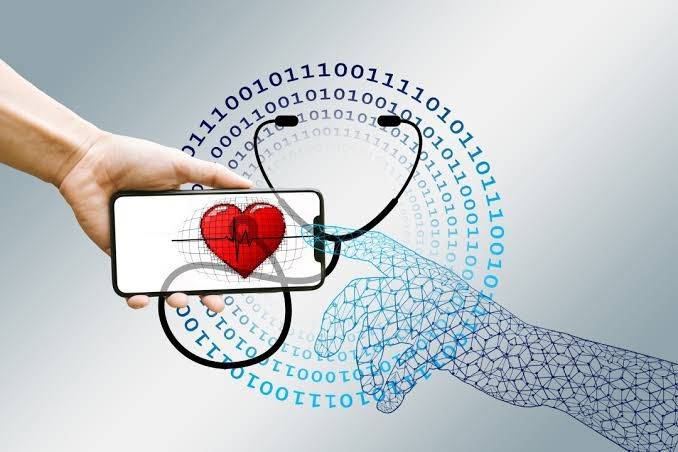Depression is one of the leading causes of disability and death among adults. Not only this, but because of depression, the life span of such individuals is 7.5 years less than those without depression.
Though depression is a complicated disorder and reasons vary from person to person, socioeconomic reasons such as increasing financial burdens, unemployment, and family crises are some of the top factors leading to depression.
While some individuals have genetic tendencies towards depression, others can get it due to a significant illness.
Hence, to provide better care and appropriate treatment to the individual, it is best to know the history, cause, and type of depression.
Below we have talked about ten treatment options to counter depression in adults.
1- Traditional Antidepressant medication
Tricyclic antidepressants (TCAs) and monoamine oxidase are an older class of drugs. These are used less nowadays, primarily because of their side effects. However, they may still be a good option for some people.
2- Selective Serotonin reuptake Inhibitors (SSRIs) / Selective Serotonin and Norepinephrine Inhibitors (SNRIs)
Courtesy of modern medicine, there are now newer antidepressant medications available to treat depression with lesser side effects.
Selective serotonin reuptake inhibitors (SSRIs), selective serotonin and norepinephrine reuptake inhibitors (SNRIs), are a newer class of medications. These are similar in efficacy. However, some people respond to SSRIs better than SNRIs and vice versa.
3- Ketamine
Initially approved as an anesthetic, it has recently been approved by the FDA to treat mood disorders and depression. It is specifically beneficial for depression patients as it boosts glutamate in the body, which excites neurons.
Ketamine comes in various forms, such as tablets, nasal spray, and IVs. Ketamine treatment cost may vary depending on the type used. However, improvements are noticeable within a much shorter time than traditional treatment options.
IV ketamine is getting popular mainly due to the rapid onset of action and completeness of dose as it gets administered directly into the bloodstream. Moreover, experts can adjust the dosage easily depending on the response and effectiveness.
4- Brexanolone
Brexanolone is a novel treatment approach recently approved by the FDA for post-partum depression and is becoming increasingly common. However, it has a lengthy procedure of administration where it is administered over 60 hours in a monitored environment but has excellent results. In addition, the exact mechanism of its action is still unclear.
5- Psychotherapy
Also known as Cognitive behavioral therapy (CBT), Psychotherapy is a tailored therapy for individuals, producing more excellent effects when combined with medications.
Some of the methods used have been tested and implemented extensively and hence have proven more effective than others. Nonetheless, patients feel better as they open up about what is going on in their minds.
6- Behavioral Activation
Behavioral activation is the science of understanding how certain behaviors and actions affect an individual’s feelings and then using that information to treat depression by performing actions that elevate the mood.
The goal of the depression therapy is to get the individual out of the vicious circle of depression where one negative thought leads to another, ultimately leading to a halt in activities that generate positive thinking.
7- Neurofeedback Therapy
Neurofeedback is a newer therapy used to understand brain function using feedback signals. Positive feedback is produced for desirable activities of the brain and vice versa.
It helps the person to control brain waves consciously as the feedback is shared with the individuals in audio or video form recorded via electroencephalography (EEG).
8- Invasive Procedures
Clinicians use invasive procedures involving nerve stimulation in patients who are not responding to medications or other treatment forms.
These are usually used as a last resort. Some of the most used procedures are Electroconvulsive therapy (ECT), Transcranial magnetic stimulation, and Vagus nerve stimulation. General anesthesia is used to perform these procedures.
9- Deep Brain Stimulation (DBS)
Deep brain stimulation is a therapeutic approach encompassing exciting certain brain parts using an implanted electrode. However, this therapy is still in its exploration and research phase and hence not widely used.
However, a review of 17 studies performed on deep brain stimulation shows that implementing DBS therapy for treatment-resistant depression patients (TRD) had positive and promising outcomes.
10- Exercise
As cliché as it may sound, there is no doubt that exercise is a therapy for a lot of problems and disorders, primarily mental. Lack of physical activity has been associated with the development of mental disorders.
It is equivalent to first-line depression medications and is an excellent therapy for mild to moderate depression when used in combination with drugs.
Mindful meditation and yoga can relieve symptoms of depression and anxiety. Depending on the exercise, it stimulates and relaxes the body and brain. Hence it is always best to consult a certified trainer to select a routine.
Conclusion
Depression affects one 1 out of 15 adults every year. Depression can occur at any age; however, it is more common in adults. It significantly affects work, social life, and overall quality of life.
In short, we all face depression in some way or another. Some of us cope with it; for some, it becomes a lifelong problem and may ultimately lead to mortality. Hence, we must develop more empathetic behavior toward each other. Talking and listening to each other is the best precaution and helps reduce stress levels and produces hormonal and chemical changes in the brain that may alleviate the onset of depression.
Erika White is a graduate of Parsons School of Design. Erika is based in Manhattan but travels much of the year. Erika has written for NPR, Motherboard, MSN Money, and the Huffington Post. Here at Morning News Ledger, Erika covers entertainment stories, focusing on performance arts and culture.











